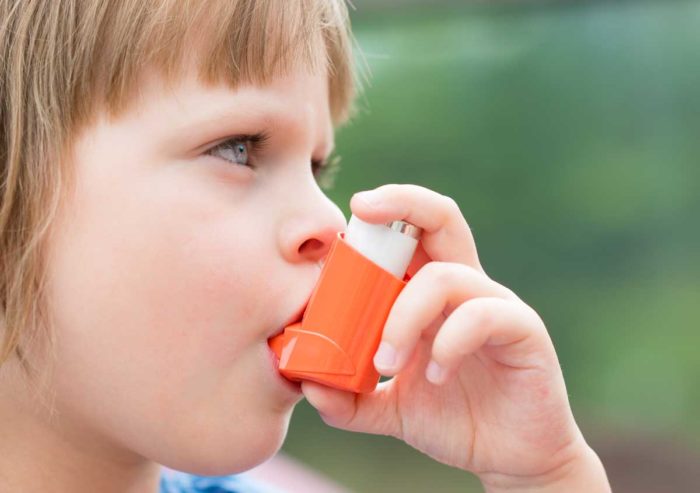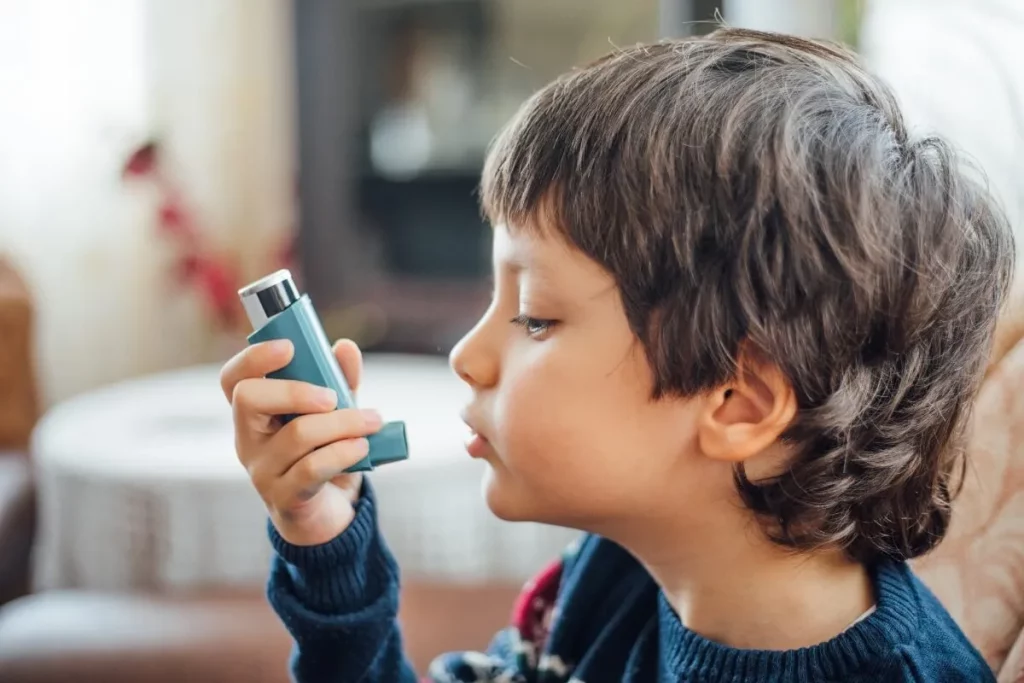Introduction
Asthma is a common chronic respiratory condition affecting millions of children in the United States. Childhood asthma can be alarming for both children and parents, as it involves understanding triggers, managing symptoms, and knowing when to seek professional help. This article offers a comprehensive guide to the diagnosis, treatment, and management of asthma in children, including infants and adolescents.

Recognizing Asthma in Children
Understanding asthma symptoms in children is the first step in managing the condition. Symptoms may include:
- Wheezing: A high-pitched sound during breathing.
- Coughing: Particularly at night or during exercise.
- Shortness of Breath: Difficulty breathing or rapid breathing.
- Chest Tightness: Feeling of pressure or pain in the chest.
These symptoms may worsen during an asthma attack or exacerbation, leading to severe distress.

Diagnosis of Asthma in Children
The diagnosis of asthma in children may be more complex due to the age and ability of the child to express symptoms. It usually includes:
- Medical History: Including a family history of asthma.
- Physical Examination: Checking for signs of allergic reactions and other health conditions.
- Breathing Tests: Especially in children aged five years and above.
- Allergy Testing: To identify possible asthma triggers.
A consultation with an asthma specialist may be needed in certain cases, such as uncontrolled asthma or severe persistent asthma.
Treatment of Asthma in Children
The intensity of treatment depends on the severity and control of asthma. The treatment of children with asthma usually includes:
- Asthma Medication: Including inhalers and other medications suitable for children with asthma.
- Asthma Action Plan: Creating a child’s asthma action plan to manage flare-ups.
- Monitoring Growth: As some asthma medications might affect growth in children.
- Regular Check-ups: To understand how well treatment is working and make necessary adjustments.
In severe asthma attack cases, immediate medical intervention might be necessary.
Asthma Management and Prevention
- Understanding Triggers: Identifying and avoiding asthma triggers such as pollen, smoke, or pet dander.
- Maintaining Good Asthma Control: Through consistent adherence to the treatment plan.
- Education: National asthma education and prevention programs offer support and guidance.
- Healthy Lifestyle: Encouraging physical activities suitable for children with asthma.
Special Considerations for Different Age Groups
- Infants and Toddlers: Special care is needed for children younger than 12 years, as asthma symptoms can be similar to other respiratory conditions.
- Children Ages 5 to 11: Focus on education and self-management as they grow.
- Adolescents: Empowering them to take control of their asthma and recognize signs of an asthma attack.
Conclusion
Managing asthma in children may be a challenging task. Still, with proper understanding, consultation with an asthma specialist, a stepwise approach to asthma treatment, and persistent monitoring, children with asthma can lead a healthy and active life. Whether your child has mild persistent asthma or severe asthma, the global strategy for asthma management and prevention offers hope and support to many children and their families.

